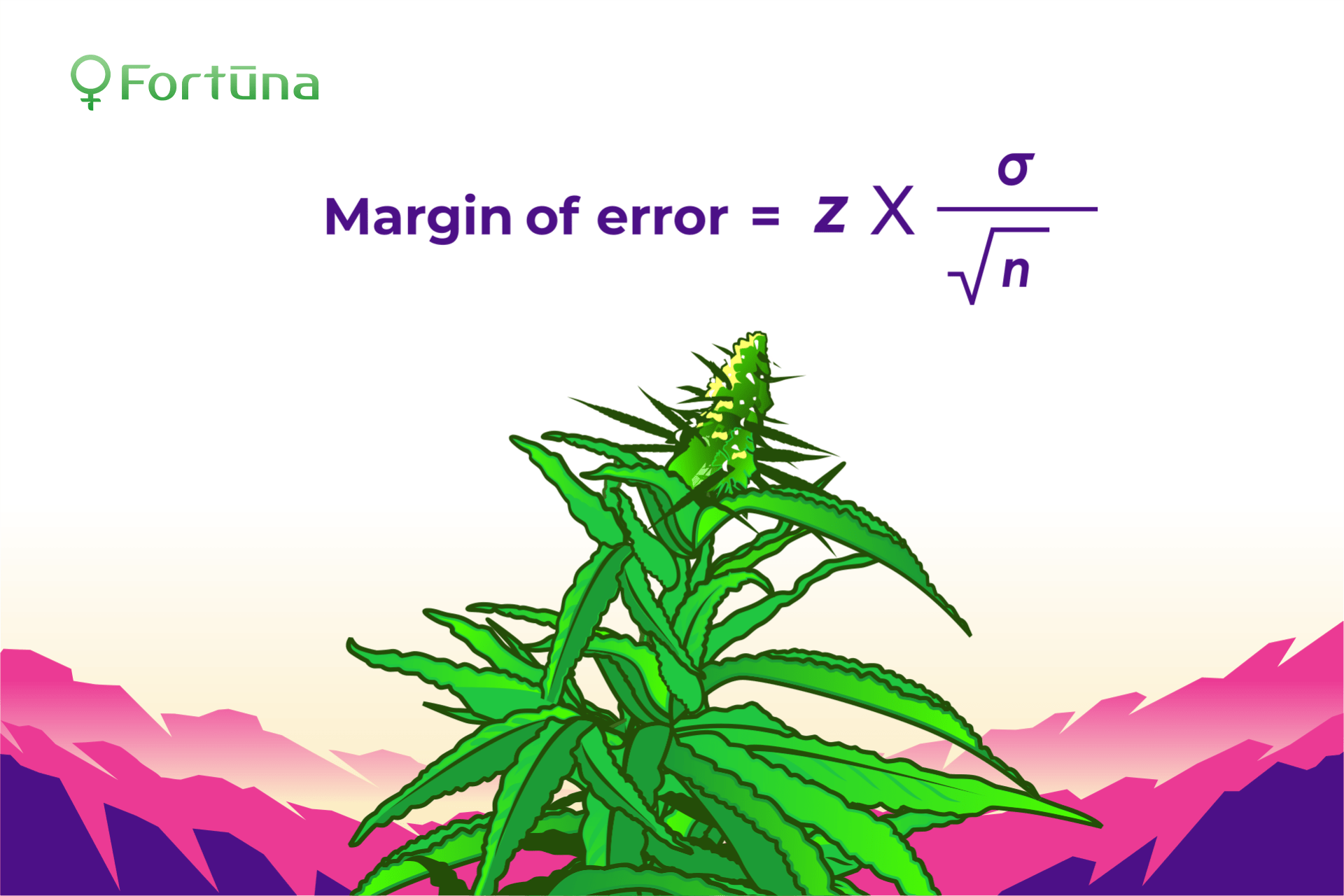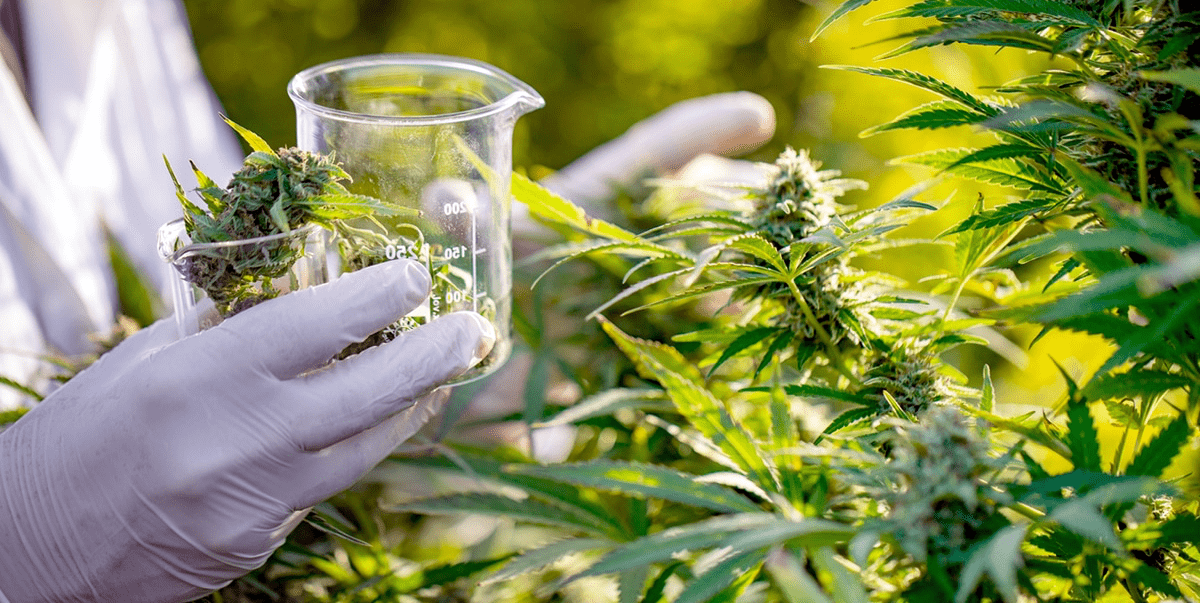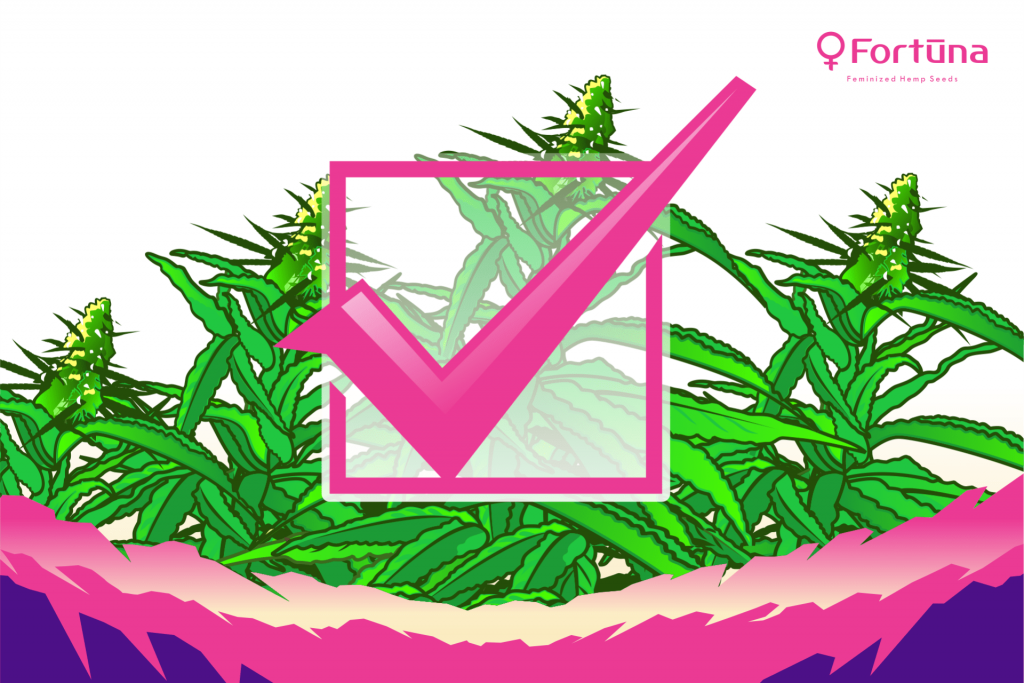
- Hemp Farming
-
by gu
Hemp Margin of Error – It is essential to understand the hemp margin of error to stay within the legal limits. On October 29th, 2019, the United States Department of Agriculture (USDA) published its interim final Rule providing regulations for hemp production. The Rule permits states and tribes to develop regulations for hemp production in their areas. Additionally, the Rule mandates each state to establish regulations for sampling and testing hemp crops, destroying non-compliant crops, and collecting and sharing information regarding land used for hemp production. States should also put in place procedures to make sure that hemp producers abide by federal and state regulations.
Sampling and Testing – Hemp Margin of Error Explained
The hemp margin of error Rule states that laboratories must collect hemp crop samples within two weeks of the expected harvest date. Approved sample collectors include federal, state, local or tribal law enforcement agents. The officer collecting the samples must use a method that ensures that the example represents a uniform composition of the lot. A DEA-registered laboratory must conduct testing using a reliable methodology for testing for THC. Legal hemp must not exceed the 0.3% THC levels on a dry weight basis.

However, there is a small hemp margin of error called a measurement of uncertainty that applies to crops testing higher than the accepted 0.3% THC. The specific level of uncertainty depends on the lab conducting the testing. For example, if the lab reports that the result is 0.35% with a hemp margin of error of +/-0.05, the range is 0.30% to 0.40%. Since 0.3% is within that range, the sample and the lot it represents is considered legal. Hemp crops must test within the measure of uncertainty to be considered legitimate. Unless crops test above 0.5% THC, enforcement officials will not prosecute growers with a drug crime. Nevertheless, the plants still require prompt disposal.
A producer who makes reasonable efforts to produce compliant hemp but still produces cannabis plants with a THC level greater than 0.5%, has committed a lax violation. However, a producer who commits three negligent violations in five years cannot legally grow hemp for the next five years. Hence, the USDA advises hemp producers to take necessary precautions to avoid growing non-compliant hemp. Tips include using certified seeds to produce crops with stable genetics as well as field testing crops for THC early and often to ensure their crops THC levels fall within the required standards.
Destroying Crops that Exceed the Hemp Margin of Error
The hemp margin of error Rule criminalizes hemp that has THC levels of more than 0.3%. Plants with more than acceptable THC levels are considered marijuana, which is a Schedule I drug under the Controlled Substances Act (CSA). Hemp producers must destroy non-compliant plants per the CSA and Drug Enforcement Agency regulations. Non-compliant plants require destruction by an authorized Federal, State, or local law enforcement officer or a DEA registered reverse distributor. Destroying non-compliant cannabis plants comes at the expense of the producer; USDA crop insurance programs will not cover losses related to the destruction. Producers must also document the disposal of all marijuana.
Stay within the Hemp Margin of Error and control THC spikes 🙂
Land Use Regulation Compliance
Hemp growers must report precise information concerning the land used to cultivate hemp. USDA licensees must inform USDA of the street address. Additionally, they must provide the GPS coordinates of every lot and greenhouse to the Farm Service Agency (FSA) if applicable. They must also report the acreage used to plant hemp. Negligent violations include failure to provide a legal description of the growing area. Producing hemp without a license may lead to suspension or revocation of a producer’s license. If a grower commits three negligent violations within five years, the state will revoke a hemp grower permit for another five years.
Hemp Growing and Handling Restrictions
Persons with felony convictions relating to possession of a controlled substance within the last ten years may not produce hemp. However, this does not apply to felons cultivating hemp under the 2014 Farm Bill.
The hemp margin of error Rule terms a key participant as an owner, a person with executive, managerial control in a corporation, or a partner in an enterprise. This definition does not take account of non-managerial employees of key participants such as shift managers and field workers. As such, convicted felons can grow hemp as employees of hemp producers.
Interstate Transportation of Hemp
The 2018 Farm Bill and the USDA Rule forbids a state from interfering with interstate transportation of hemp even if they prohibit the production of hemp in their territories. This Rule gives producers access to countrywide markets.
To learn more about hemp regulations, visit the USDA website. You can always contact us to learn more about hemp margin of error and how you can stay in compliance with the state and federal law.



